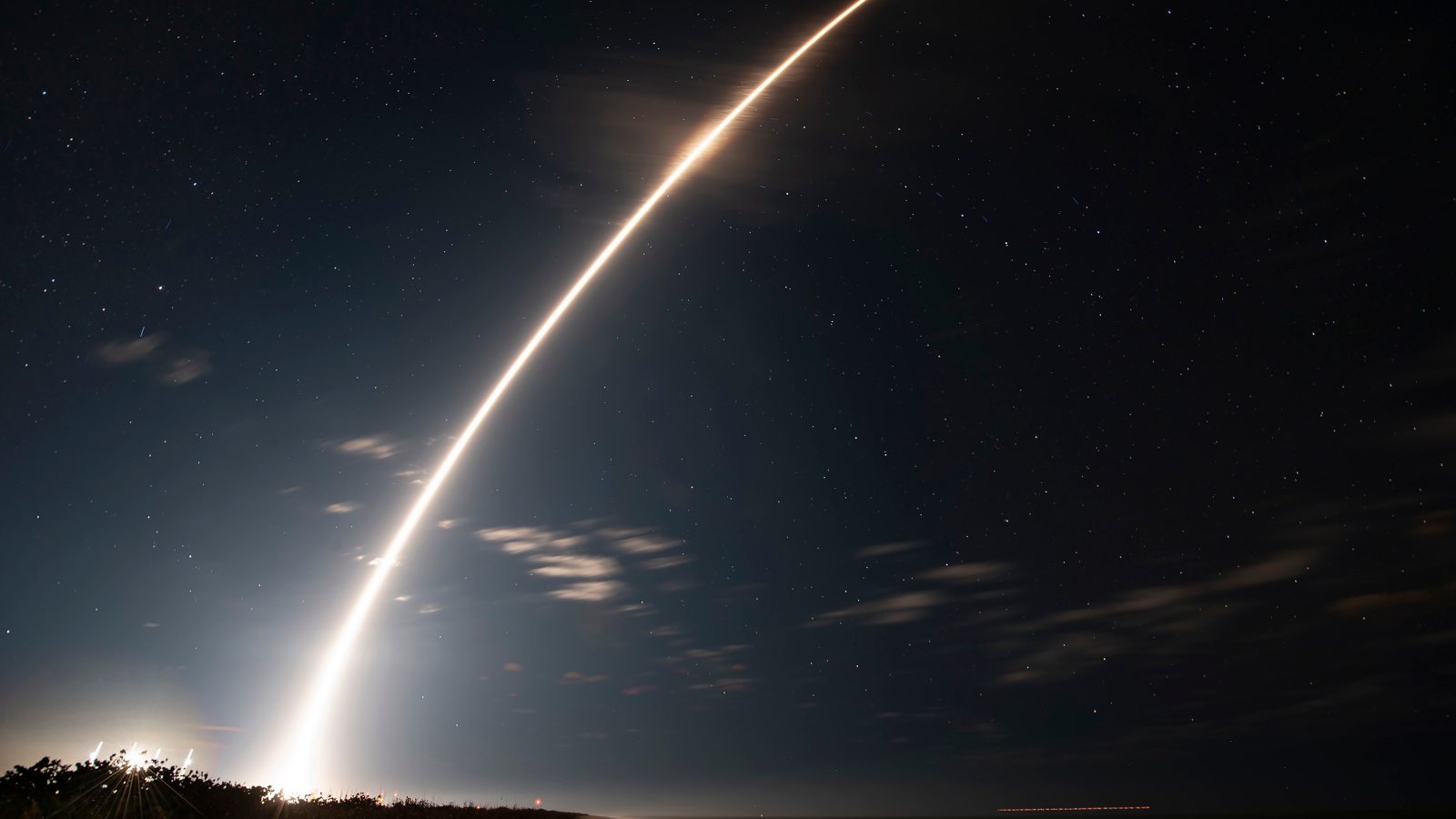
Earlier this month, SpaceX launched a Starlink mission from Vandenberg Space Force Base out in California. The mission resulted in a successful deployment of its satellites but a failed deorbit burn of the second stage. That failure has led to debris being found in Poland and farmers wishing for SpaceX to cover the damages.
For the third time in about six months, SpaceX suffered another issue with its Falcon 9 second stage while in space. The rocket has been the most-launched vehicle year over year for a while now, and while the booster returns to Earth to be reused, the second stage is expended, left to be deorbited over water.
Sometimes that doesn’t happen. The Falcon 9 second stage has had a few issues with feeding the required propellants to its Merlin Vacuum engine either during its initial burn or when it’s needed to deorbit. After the launch of SpaceX’s Starlink Group 11-4 on February 1, the second stage failed to relight for a controlled reentry.
Similar issues took place in two launches last year, resulting in several weeks of delays each. One of those missions experienced the issue before insertion into orbit, forcing the payloads to deorbit before entering service.
Instead, the second stage conducted an uncontrolled reentry. This is when the rocket stage’s orbit decays on its own due to the still present thin atmosphere in space. While SpaceX was able to safe the stage, making its debris non-hazardous if it survives reentry, it can’t guarantee it won’t reenter over a populated area.
Starlink 11-4’s second stage ended up reentering over Poland on February 19. While the majority of the stage burned up due to the extreme heating it underwent, debris still made it to the ground. So far, there have been no reports of any injuries.
SpaceX states that the reasoning for the failed deorbit burn was due to a leak in the oxygen. While the root cause has yet to be determined, SpaceX shares it has already made some mitigations for future missions.
The largest piece of debris shared publicly was one of the stage’s composite overwrapped pressure vessels. These sit within the propellant tanks and hold inert gases like nitrogen. One of these fell in Washington a few years ago, and the Polish one fell in the backyard of a warehouse.
Most of the debris fell into sparkly populated sections of Poland. One farmer who suffered damage to his field is looking for a way to have SpaceX pay for the repairs. However, he’s unsure exactly how to do that.
“It’s good that it fell in winter and the losses are not that big. In late spring or if it were very wet, even cars would have a hard time getting there. And there would be losses in crops,” he told TVPWorld.
SpaceX states in its company blog that anyone who believes they have found rocket debris is encouraged not to touch it and to contact their Debris Hotline at 1-866-623-0234 or at recovery@spacex.com.
FTC: We use income earning auto affiliate links. More.




Comments